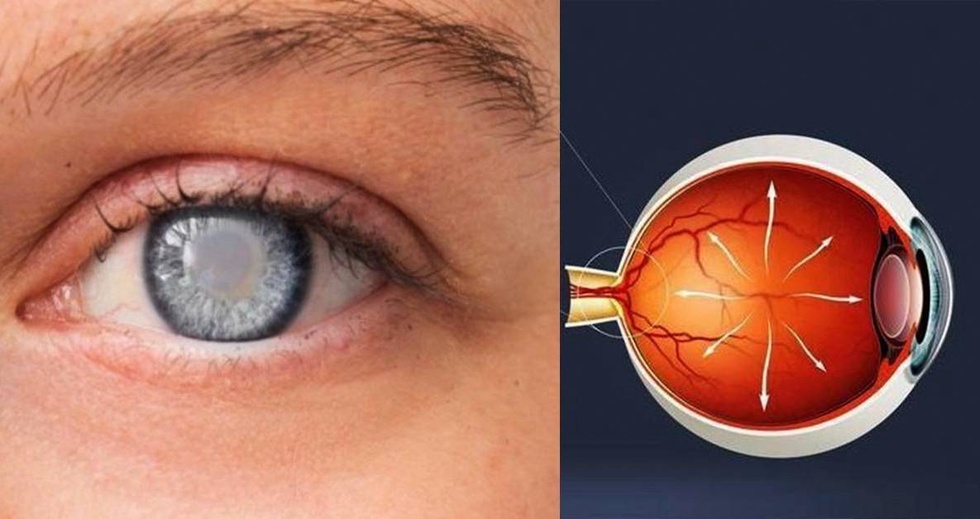According to WHO, glaucoma is the leading pathology of the visual apparatus, leading to loss of visual function. More than 14 percent of people worldwide who suffer from blindness have lost their eyesight due to glaucoma.
Chief physician of the Republican Clinical Ophthalmological Hospital Otabek Ikromov:
- There are several types of glaucoma, but the most common are primary open-angle and closed-angle, - says the specialist.
The main cause of glaucoma is increased intraocular pressure, which over time causes damage to the optic nerve.
Glaucoma is popularly called a "silent killer", and this is not for nothing - often in the early stages the disease is asymptomatic, but as it progresses, symptoms such as peripheral vision, circles around light sources, headaches and other symptoms may occur.
The pathological process begins with deterioration of peripheral vision. With a further increase in intraocular pressure and lack of treatment, damage to the optic nerve occurs, which can lead to a sharp decrease or complete loss of vision.
For early detection of pathological processes, first of all, intraocular pressure is measured.
Depending on age, the rate of intraocular pressure can be different: up to 40 years - from 12 to 22 mm Hg, at 50-60 years - from 23 to 25 mm Hg, and after 70 years - this value increases to 23-26 mm Hg.
It should be noted that glaucoma can develop even with normal pressure in the eye.
Other diagnostic tests can also be used to detect glaucoma, including tonography, gonioscopy, and optical coherence tomography of the optic nerve.
The risk group for glaucoma includes the elderly after 70 years of age, as well as people with hyperopia, low blood pressure, diabetes mellitus, hormonal and nervous system disorders, diseases of the cardiovascular system, eye damage, previous surgical interventions or inflammatory processes.
Unfortunately, today it is impossible to completely recover from glaucoma, but early diagnosis of the disease allows for effective treatment and prevents the development of blindness. Therefore, it is recommended to be examined by an ophthalmologist at least once a year, especially after the age of 40.
Avoiding physical overstrain and visual fatigue, giving up bad habits, proper nutrition, healthy sleep, and working in normal lighting will also help reduce the risk of developing the disease.
The press service of the Ministry of Health.













